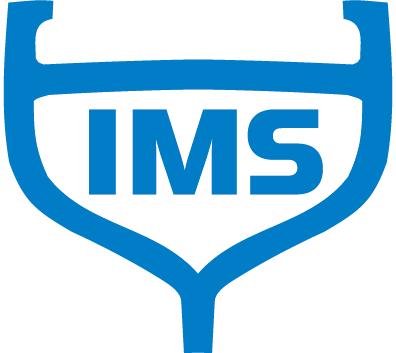Diesel Drive Refrigeration and Clean Fuel: Ensuring Optimal Performance
How Do Water and Sediments Find Their Way Into Your Fuel Tanks?
Condensation: Condensation is a primary culprit for water entering fuel tanks. Diesel fuel absorbs moisture from the air, and when a fuel tank cools after use, humid air can fill the tank, leading to condensation on the tank walls. This is particularly prevalent in areas with fluctuating temperatures and high humidity. Diesel engines exacerbate this issue by returning warm fuel back to the tank. Additionally, tanks integral to a vessel's hull are subject to temperature fluctuations due to sea temperature. Unlike gasoline tanks, diesel tanks lack vapor pressure, allowing moist air to be easily drawn in through tank vents as the fuel cools. Thus, more air space in a tank increases the condensation effect.
Fuel Supply: Consider the journey your fuel takes from the refinery to your supplier. It’s often handled multiple times, possibly experiencing suboptimal storage conditions in trucks and barges. Many boat operators have experienced receiving water-contaminated fuel from fuel docks or tenders. Best practice after fueling is to allow it to settle, then check the tank drain for water. Watery fuel fosters bacteria and microorganism growth, which can clog fuel filters.
Sediments: While your vessel’s fuel tanks may be pristine, your supplier's tanks might not be. Ideally, fuel pumped into your tank isn’t from the bottom of the supplier's tank where sediments accumulate. Keeping your tanks as full as possible helps. In rough weather, a partially full tank allows sediments on the tank bottom to churn up, potentially leading to clogged filters.
Filtration: Essential for Clean Fuel
A typical fuel filtration system includes a primary fuel filter before the fuel pump and a secondary fuel filter after the fuel pump. Many are familiar with Racor-type water removal filters used as primary filters, but not everyone knows how they work.
Types of Filters:
Turbine Filters: Utilize a centrifugal action to ‘spin’ out water.
Coalescer Filters: Gather water molecules into droplets which then fall out.
Combination Filters: Employ both methods.
For your IMS Diesel Drive, with a fuel pump throughput maximum of 6 Gal/Hr, the primary fuel filter should be sized accordingly.
Diesel engines return a significant amount of fuel back to the tank, ensuring constant filtration. Using a lower micron rating for the primary filter enhances filtration but may cause the filters to plug sooner. Installing a vacuum gauge between the primary filter and the fuel pump can indicate filter condition. By monitoring fuel and filter conditions and adhering to recommended maintenance procedures, your IMS Diesel Drive will provide years of uninterrupted performance.
By maintaining clean fuel through proper filtration and awareness of potential contaminants, you ensure the longevity and reliability of your IMS Diesel Drive refrigeration units. Stay vigilant, and your equipment will reward you with optimal performance.
For more information on maintaining your diesel drive refrigeration units or to inquire about our products, please contact Integrated Marine Systems (IMS). We are here to support your maritime needs.
Feel free to visit our website or contact us for any queries or further assistance.
